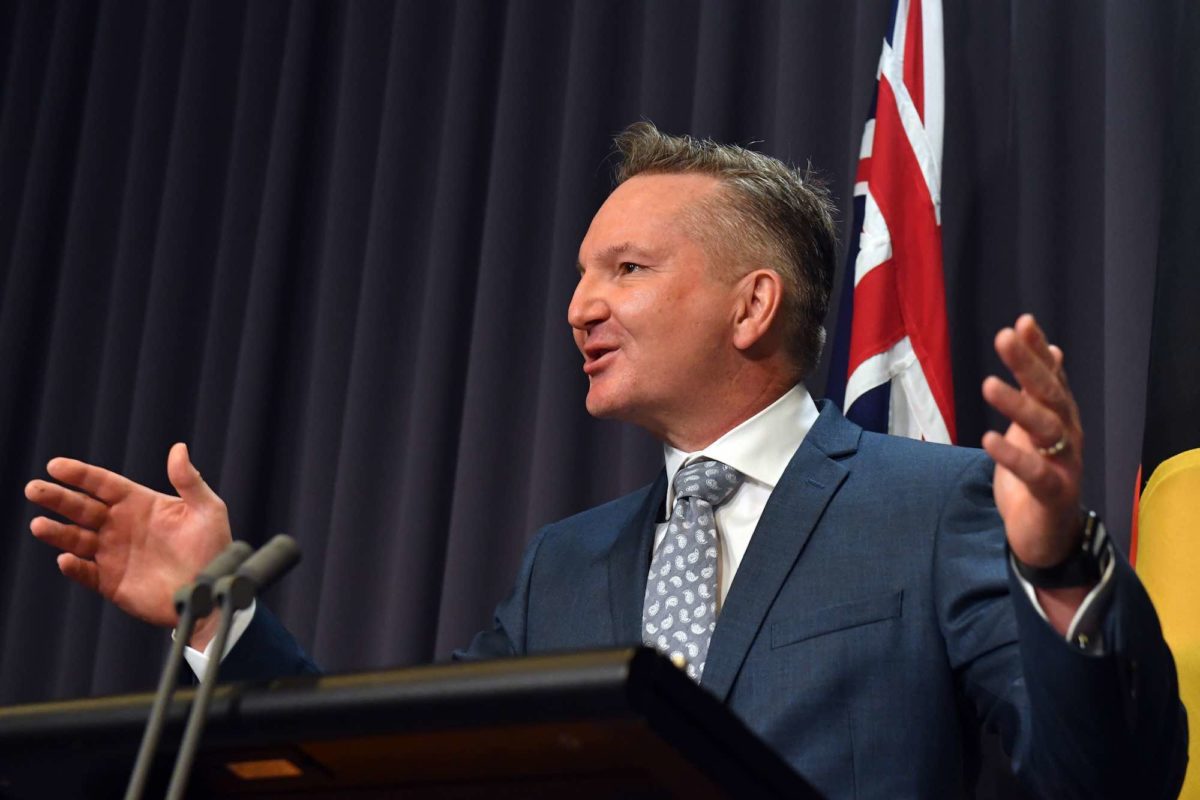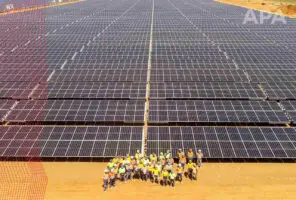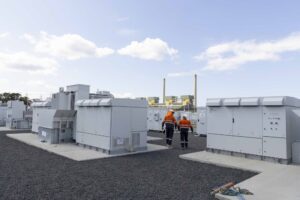The Albanese government recently locked-in Australia’s commitment to stronger 2030 emission reduction targets and will now turn to reforming a policy first conceived by the Abbott government to deliver the necessary emissions cuts.
To reach its 2030 target, Labor will rely heavily on imposing stronger emissions limits on industrial polluters – the largest of which include steelmakers, coal mines and LNG facilities – by strengthening the Abbott-era Safeguard Mechanism.
But the reform options available to Labor, and potentially those set to be pushed by industrial polluters, could have significant implications for the environmental integrity of the policy.
The Safeguard Mechanism was Abbott’s answer to the carbon tax, which theoretically imposes caps on industrial emitters and requires any excess emissions to be offset. The scheme covers more than 200 of Australia’s largest emitters – excluding power stations – around one-quarter of Australia’s overall emissions.
Under the Coalition, the Safeguard Mechanism lacked any real teeth. The ‘caps’ imposed on emitters were so soft that only negligible amounts of offsets ever needed to be acquired by emitters to maintain compliance under the scheme.
In anticipation of Labor overhauling the mechanism, the Carbon Market Institute has commissioned Reputex – the same firm that modelled Labor’s pre-election climate change policies – to assess the potential reform options available to the new government.
In publishing the results of the research, CEO of the Carbon Market Institute John Connor said it was the right time to focus on Australia’s industrial emissions, with the electricity sector already achieving sustained emissions cuts through the shift to renewables.
“With industrial emissions set to overtake emissions from electricity generation as Australia’s highest emitting sector by 2024, it’s crucial we get the right investment signals and market rules from Safeguard Mechanism reforms, as well as supporting policies and public investment,” Connor said.
Reputex managing director Hugh Grossman said starting with emissions caps consistent with a net zero emissions trajectory would provide the necessary long-term signal needed to incentivise the investment required to achieve meaningful emissions cuts.
“Modelling indicates that setting baselines to decline to net-zero will create an effective signal for long-term investment in emissions reductions, with industry incentivised to transition to cleaner processes by virtue of a more effective ‘carrot’ and ‘stick’ under the current safeguard framework,” Grossman said.
“Unlike 2012, industry now has access to plentiful, cost-effective sources of domestic offset supply.”
“This will enable the industrial sector to transition to net-zero while being supported by deep, liquid, least-cost emissions reductions.”
Reputex downplayed the need for dedicated industry support measures, saying the design of the Safeguard Mechanism already effectively provides generous allowances for cost-free emissions. Reputex suggests that the growing maturity of Australia’s domestic carbon offset regimes would also minimise any need to allow emitters to use offsets sourced from overseas.
A potentially controversial aspect of the reforms is the proposed introduction of ‘Safeguard Mechanism Credits’ (SMCs), which would be awarded to emitters for reducing emissions beyond their imposed caps, allowing them to trade their additional emissions reductions to other facilities with emissions that remain in excess of their caps.
While such an arrangement would reflect a common feature of standard baseline-and-credit emissions trading schemes, the basis by which entities are awarded credits could have significant ramifications for the underlying environmental integrity of Australia’s carbon offset units.
Reputex says Labor could consider awarding credits on the basis of ’emissions intensity’ improvements – an option previously proposed by the former Morrison government – where emissions are compared to a facility’s production output and credits awarded on the basis of per-unit improvements.
“Under an industry intensity scheme, an economic incentive for substitution from higher to lower emissions practices is created through the crediting of facilities below an industry average baseline, while those above the baseline would be required to purchase and surrender credits,” Reputex’s research says.
“SMCs issued under an industry average intensity benchmark would not reflect genuine emissions reductions, given facilities would be rewarded despite having undertaken no action to improve their performance,” Reputex says.
“This would mean true emission reductions from the market would be far smaller than the amount accounted for in net-terms, jeopardising Australia’s emissions reduction targets.”
Reputex says while such an approach could not guarantee an overall reduction in emissions – which can be achieved through applying an ‘absolute’ assessment of emissions, rather than an ‘intensity’ approach, it could provide facilities with ‘flexibility’ in managing their emissions.
“It will therefore be necessary for market rules to strike a balance between creating sufficient reward for below-average processes, versus ensuring crediting represents genuine emissions reductions,” Reputex adds.
Confidence in the integrity of Australia’s carbon credit units has already been rocked by claims much of the credits issued under the Emissions Reduction Fund lack any basis in real-world emissions cuts.
Any reforms Labor proposes to make to the Safeguard Mechanism will attract similar scrutiny from groups pushing for stronger climate policies.
This will extend to Labor’s efforts to legislate the changes, with the new government set to be reliant on the support of the Senate crossbench to pass legislation. Labor has indicated that it may push ahead without legislation if it can’t win the support of the likes of the Greens and independent David Pocock.
The path it ultimately takes on policy decisions will determine whether the new Labor government can finally deliver meaningful progress towards climate action or simply add to the last decade of obfuscation.







